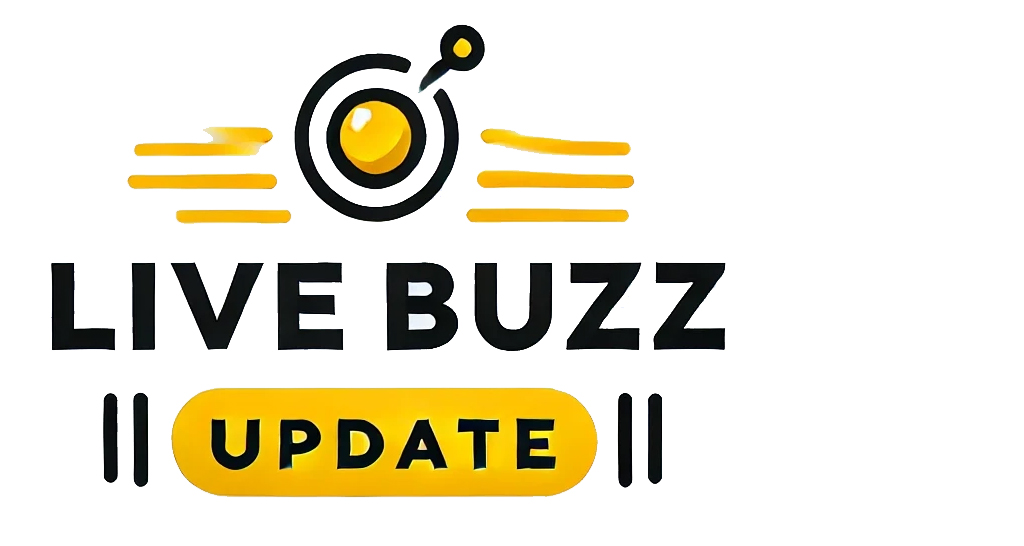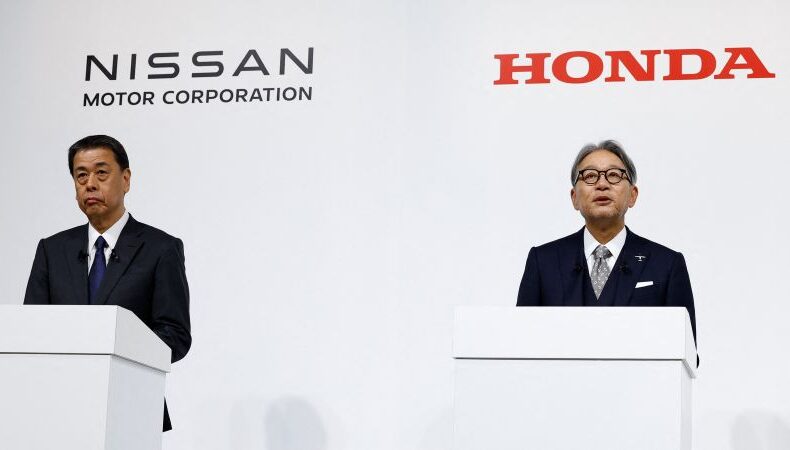In an unprecedented move, Nissan and Honda have made public their intentions to merge, a development which would establish the enterprise as the third-largest automaker globally. This is a significant step in an industry where scale is crucial to taking on the investments necessary in new technology, while also surviving a slowdown in sales.
The fusion of Nissan, part of the Franco-Japanese alliance with Renault and Mitsubishi, and Honda, independent until now, would produce a company capable of rivalling Germany’s Volkswagen and Japan’s Toyota, currently the world’s two largest carmakers. This merger, however, is set to make them the third most prominent automobile producer in the world.
While the automotive landscape undergoes a significant evolution with the shift towards electric and self-driving vehicles, the merging businesses hope that this union will better equip them to confront the challenges associated with these transformations. The trend towards autonomous and on-demand transport has driven up development costs, pushing other automakers to merge or form alliances, presenting a new norm within the auto sector.
Details about the finances and timeline for the merger haven’t been made public yet, but the discussions are advancing progressively. The companies will be providing updates when they reach significant milestones.
Nissan and Honda are yet to comment on the potential impact of the merger on their respective workforces, but it’s an aspect that will come under the microscope as and when the deal advances. The concerns rise from previous instances, where such big-scale mergers have, more often than not, witnessed significant job cuts.
Analysts are closely following the development, suggesting that other automakers might feel the pressure to consolidate or risk being left behind in this swiftly changing industry. The race for a strong presence in the future of the automotive industry is becoming more intensified day by day, and the merger of Nissan and Honda is the latest testament to this trend.
Last modified: December 23, 2024



